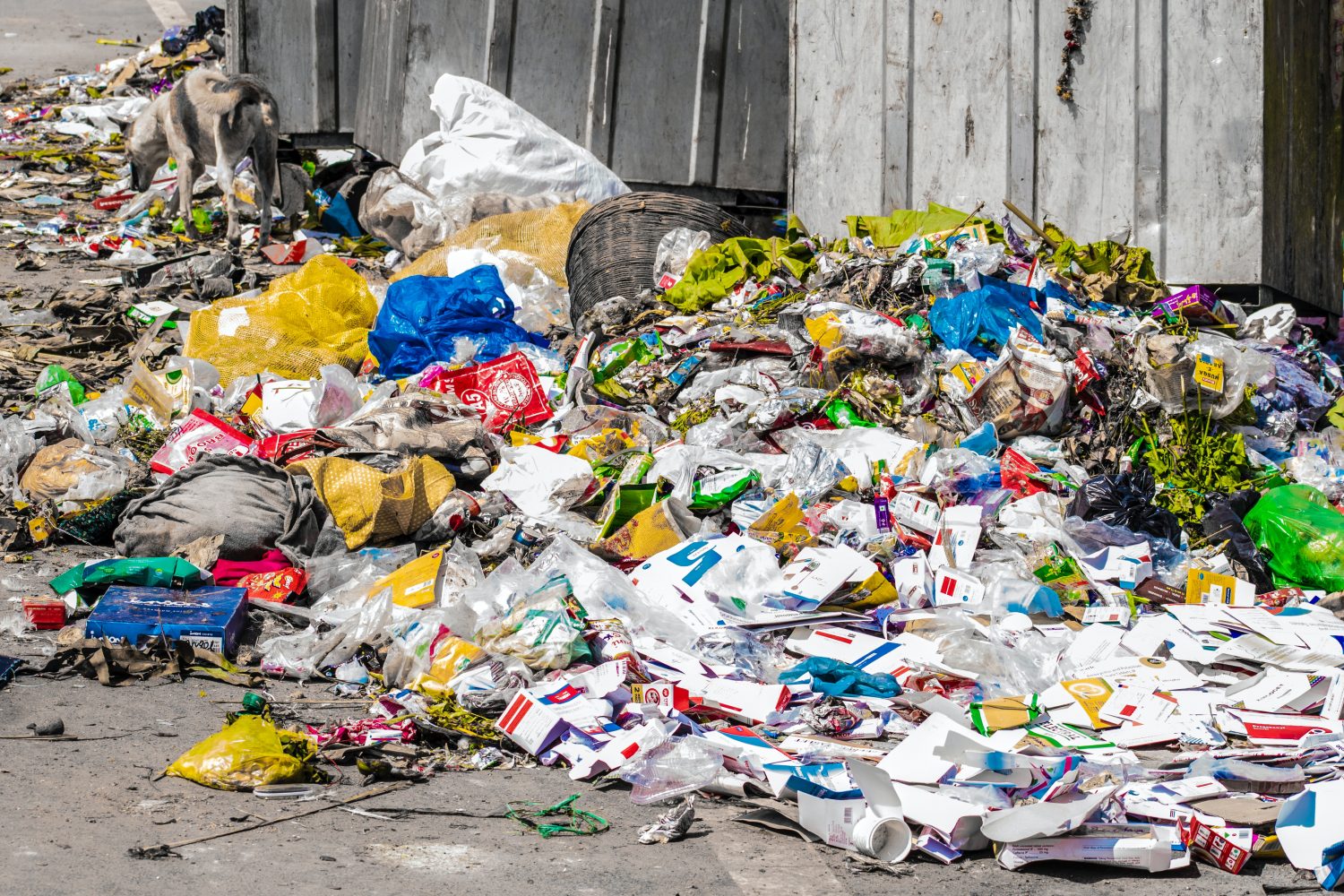The increase in use of plastic products has sparked an interest in developing new and creative ways to recycle these materials, composting and reusing them. In order to effectively recycle multi-layered plastic products, they must be separated into the layers that make up their composition. This can be an arduous task, but with the help of AI-powered software, this process is made much simpler and faster!
Introduction to Multi-Layered Plastic Products
Multi-layered plastic products are made of different types of plastic that are laminated together. The plastic is often recycled into new products, but the process is complex and the finished product may not be as strong or durable as traditional single-layered products.
The first step in recycling multi-layered plastic products is breaking them down into their individual layers. This can be done using a variety of methods, including hammering, crushing, and washing. Once the layers are broken down, they can be recycled into new products using a variety of processes.
Some methods used to recycle multi-layered plastic products include extrusion, injection molding, and blow molding. Each method has its own set of benefits and drawbacks, which must be taken into account when recycling multi-layered plastic products. Extrusion is the most common method used to create new products from recycled multi-layered plastic products, but it can be difficult to get the product out of the machine. Injection molding is more difficult to use than extrusion, but it produces a higher quality product. Blow molding is the most difficult method to use, but it produces the highest quality product.
There
Sources of Multi-Layered Plastics in Our World
Multi-layered plastics are often produced when multiple types of plastic are melted and injected into a single mold, creating products with many layers.
Because these plastics have different qualities, they can be difficult to recycle.
Some recycling processes break down multi-layered plastics into their component parts, but other processes simply discard them as waste.
Without a solution for recycling multi-layered plastics, they will continue to fill up landfills and pose environmental dangers.
Challenges for Recycling Multi-Layered Plastic Products
There are a number of challenges that must be addressed when recycling multi-layered plastic products. The most significant challenge is that the layers of plastic can often be difficult to separate. This can make it difficult to recycle the product properly. In addition, the layers of plastic can often be contaminated with chemicals and other materials that make them difficult to process.
Solutions and Opportunities to Recycle Multi-Layered Plastics
Recycling multi-layered plastic products can be a daunting task, but there are many solutions and opportunities to recycle these materials. Multi-layered plastics can be recycled using a variety of methods, including recycling into new products, energy recovery, or landfill diversion.
The most common way to recycle multi-layered plastics is to break them down into their individual layers and recycle each layer. This process is known as “sub-criticality” recycling, and it is the most popular way to recycle these materials because it is cost-effective and efficient. Sub-criticality recycling involves breaking down the plastic into small pieces so that the plastic does not become contaminated with other materials during the recycling process.
Another common way to recycle multi-layered plastics is to incinerate them. Incineration is a fast, clean way to dispose of plastic waste, but it has some drawbacks. For example, incineration produces toxic fumes that can harm people and animals nearby. It also creates large amounts of heat and ash, which must be disposed of carefully.

